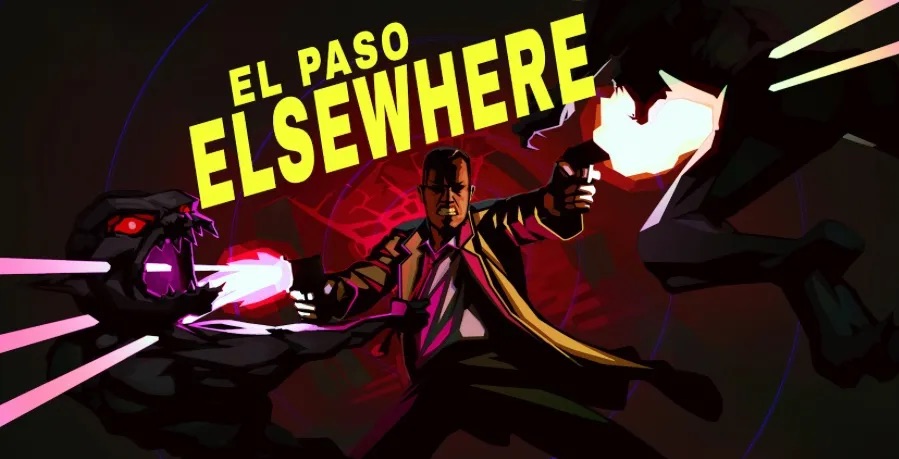
Max Payne was a truly exceptional third-person shooter that arrived at just the right moment, precisely when developers were honing their skills in 3D action. While there had been several third-person shooters prior to Max Payne, it stood out as the first to perfect controls to an unprecedented level of polish, setting a new standard for gamers.
In addition to perfecting projectile gunfire that departed from hitscan and pioneering the concept of ‘bullet-time,’ Max Payne also gifted players with a riveting neo-noir detective narrative, complete with sharp and gritty dialogue. Even today, Max Payne scratches a very specific itch that only a handful of games can satisfy.
As indie games have become the primary avenue for both eager developers and gamers seeking the nostalgic thrill of classic titles, it was only a matter of time before someone attempted to emulate Max Payne. Armed with limited resources, Strange Scaffold has ventured to offer its unique interpretation of Remedy’s iconic masterpiece. But how does it measure up? Discover the answer in this El Paso, Elsewhere review!
El Paso, Elsewhere
Developer: Strange Scaffold
Publisher: Strange Scaffold
Platforms: Windows PC, Xbox One, Xbox Series X|S (reviewed)
Release Date: September 26, 2023
Price: $19.99 USD

James Savage, a man in the throes of a perilous elevator ride to damnation, suddenly finds himself caught in the maelstrom of his own existential chaos. His mission is to disrupt the unholy plans of his ex-girlfriend, a woman known as the ‘Lord of Vampires’.
Her nefarious intentions? None other than orchestrating a cataclysmic ritual that could trigger the apocalypse itself. There’s no straightforward descent into the infernal abyss for our hero. The elevator plunges headlong into ‘The Void,’ a plane where reality is anything but conventional.
It’s where your worst nightmares and wildest dreams collide, and where the boundaries of the known universe disintegrate like ashes in the wind. James Savage isn’t just battling inner demons; he’s tangling with nightmarish foes from the darkest recesses of the human psyche.
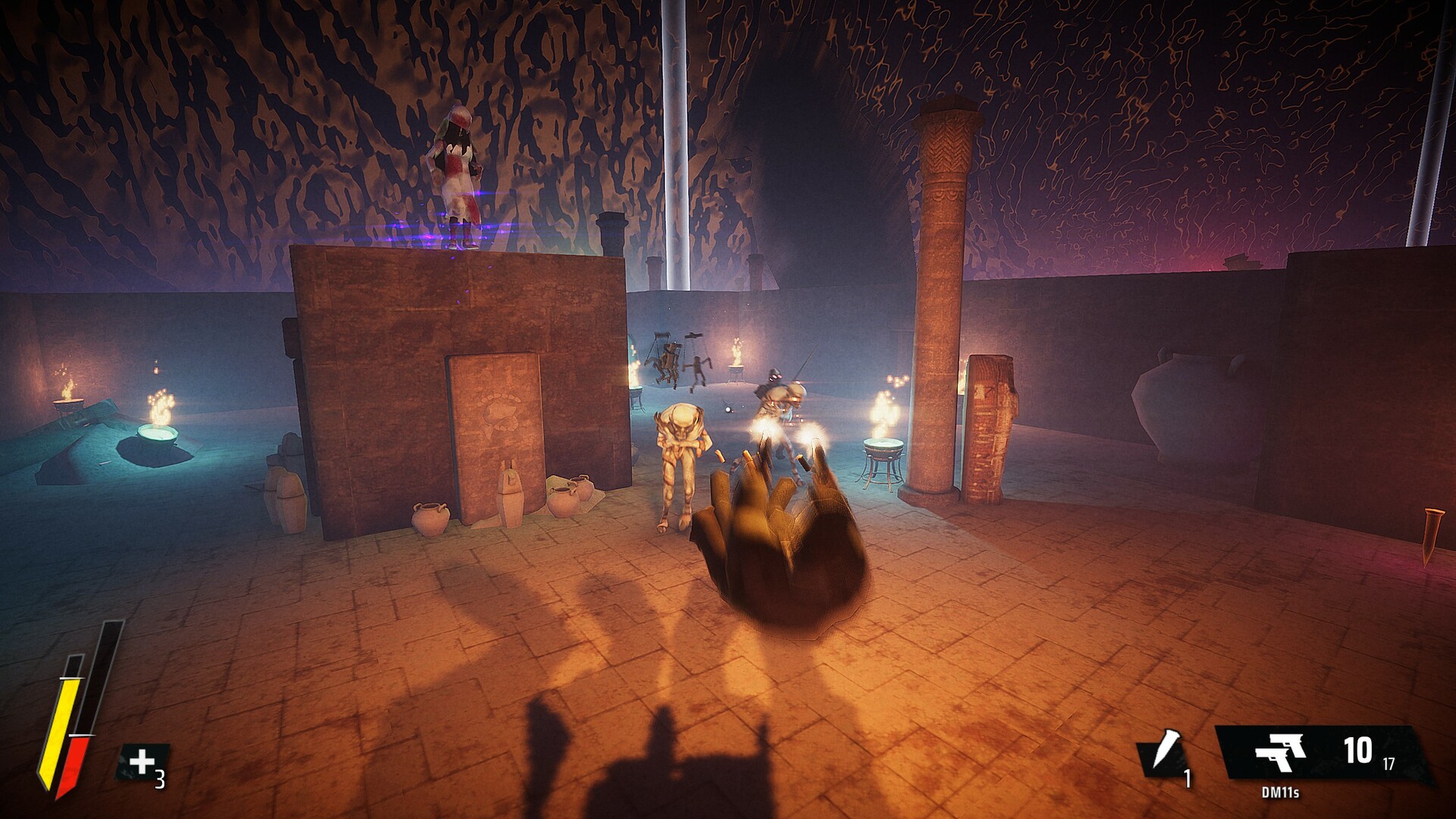
This descent is no leisurely ride in the park. It’s a relentless, pulse-pounding, and often surreal journey through fifty twisted levels of the unknown. The narrative that initially beckoned with promises of revelation and resolution gradually unravels, slipping through your fingers like elusive smoke.
By the time you reach the fiftieth level, it’s not the story you’ll be chasing; it’s sheer survival. It’s a descent into madness and mayhem, a plunge into a fevered nightmare where time, meaning, and coherence dissipate like the morning fog.
In this harrowing hellish landscape, your only companions are your wits, your reflexes, and your insatiable thirst for the thrill of the game. James’ odyssey is a white-knuckled battle for survival, where every moment is a gamble with the devil, and where the line between victory and oblivion is razor-thin.
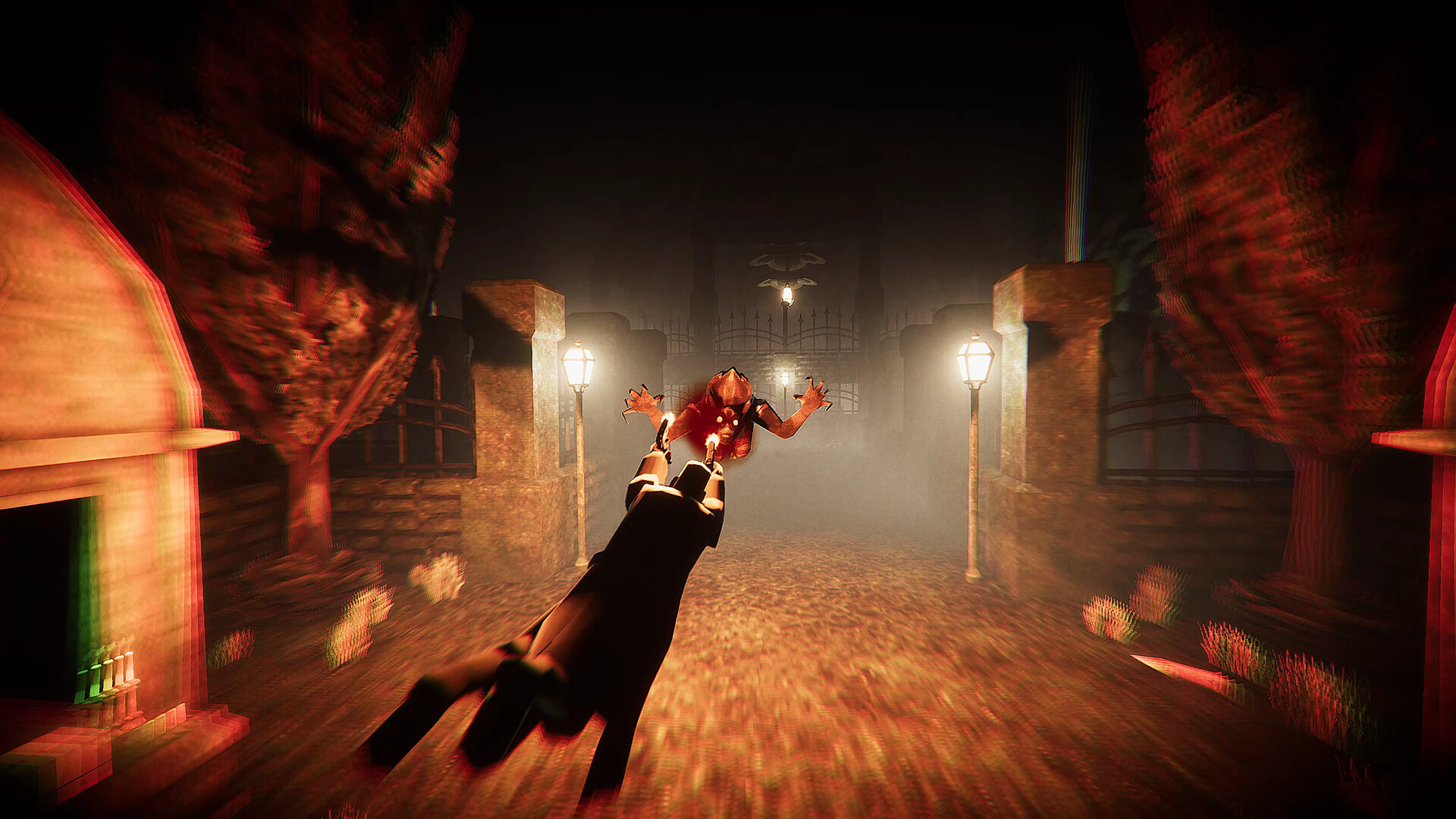
El Paso, Elsewhere‘s magnetic force that pulls you into its narrative vortex is none other than James Savage. A character so potent in his allure that he could make even the Grim Reaper question his choices. Savage’s charisma is woven into the wry monologues and has a voice that smolders with the weight of a thousand cigarettes.
The game’s designer delivers a performance that could give James McCaffrey a run for his money. El Paso, Elsewhere dances on the edge of madness, where the script veers into the whimsical, echoing the likes of Max Payne. James Savage kicks it up a notch with playful and hilarious rap performances.
These frenzied lyrical escapades hit you like a freight train, leaving you dazed, entertained, and craving for more. Regrettably, these strengths are where the game’s highlights come to an end because the gameplay is very rough.
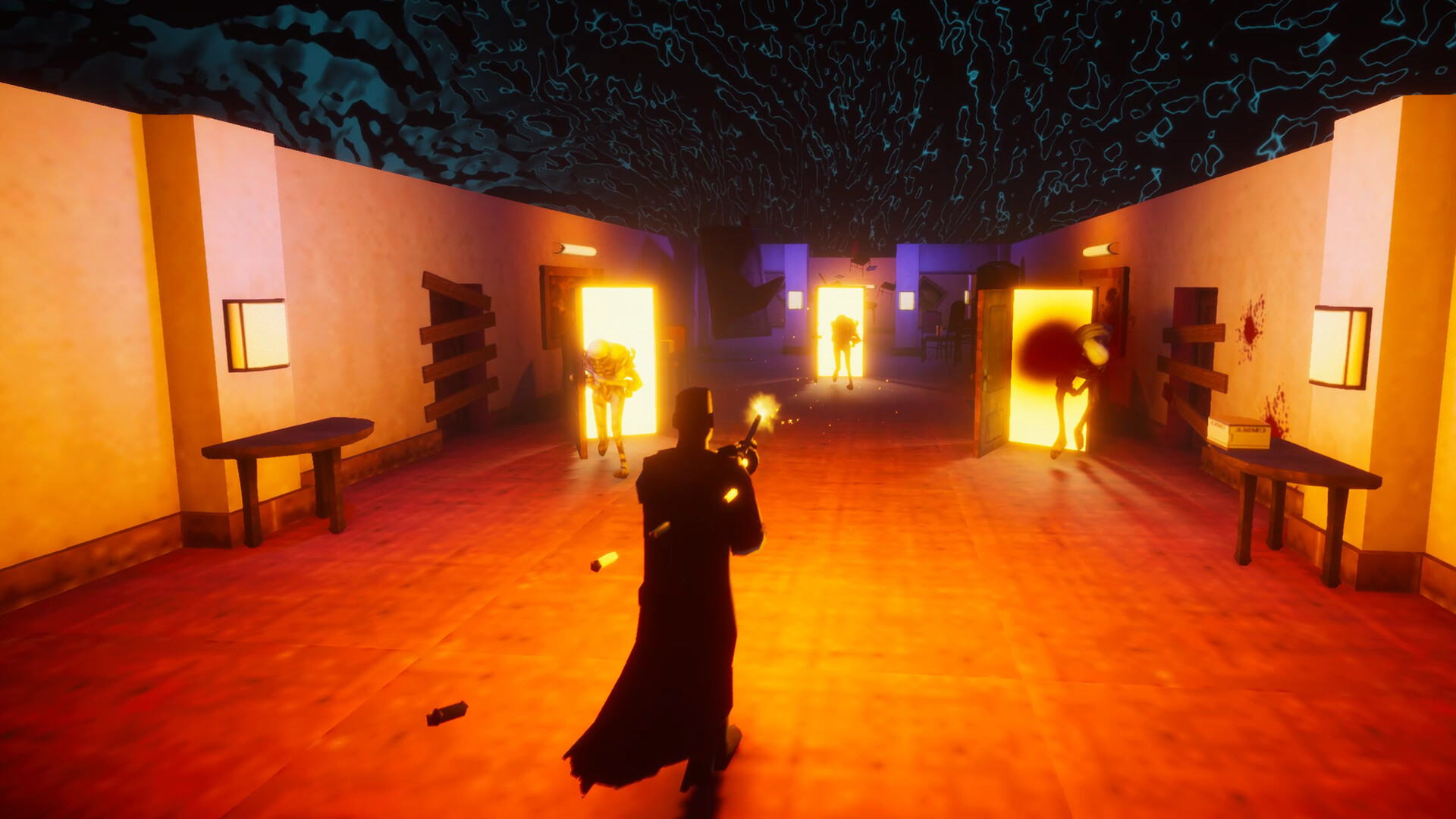
The foundation of El Paso, Elsewhere holds great promise. When Savage emerges from that elevator, the stage transforms into a frantic scramble, with players fending off monsters attacking from every conceivable angle, all the while striving to rescue hostages. The stages themselves are a bizarre jumble of layouts and designs, drawing clear inspiration from the dream sequences in Max Payne.
In Max Payne, these dream stages worked seamlessly because they were brief interludes, delightful departures from the game’s reality. In El Paso, Elsewhere, there’s no return to reality, only a relentless stream of dream stages. The game fails to provide a clear context or rationale for Savage’s hostage rescue missions or his quest for keys, leaving players feeling adrift and detached in a surreal narrative.
This pattern persists through a grueling 50 floors, blurring into a monotonous and indistinct experience. The lack of enemy variety and the repetitive nature of the levels further compound this sense of sameness, resulting in a gameplay loop that feels more like an exercise in redundancy.
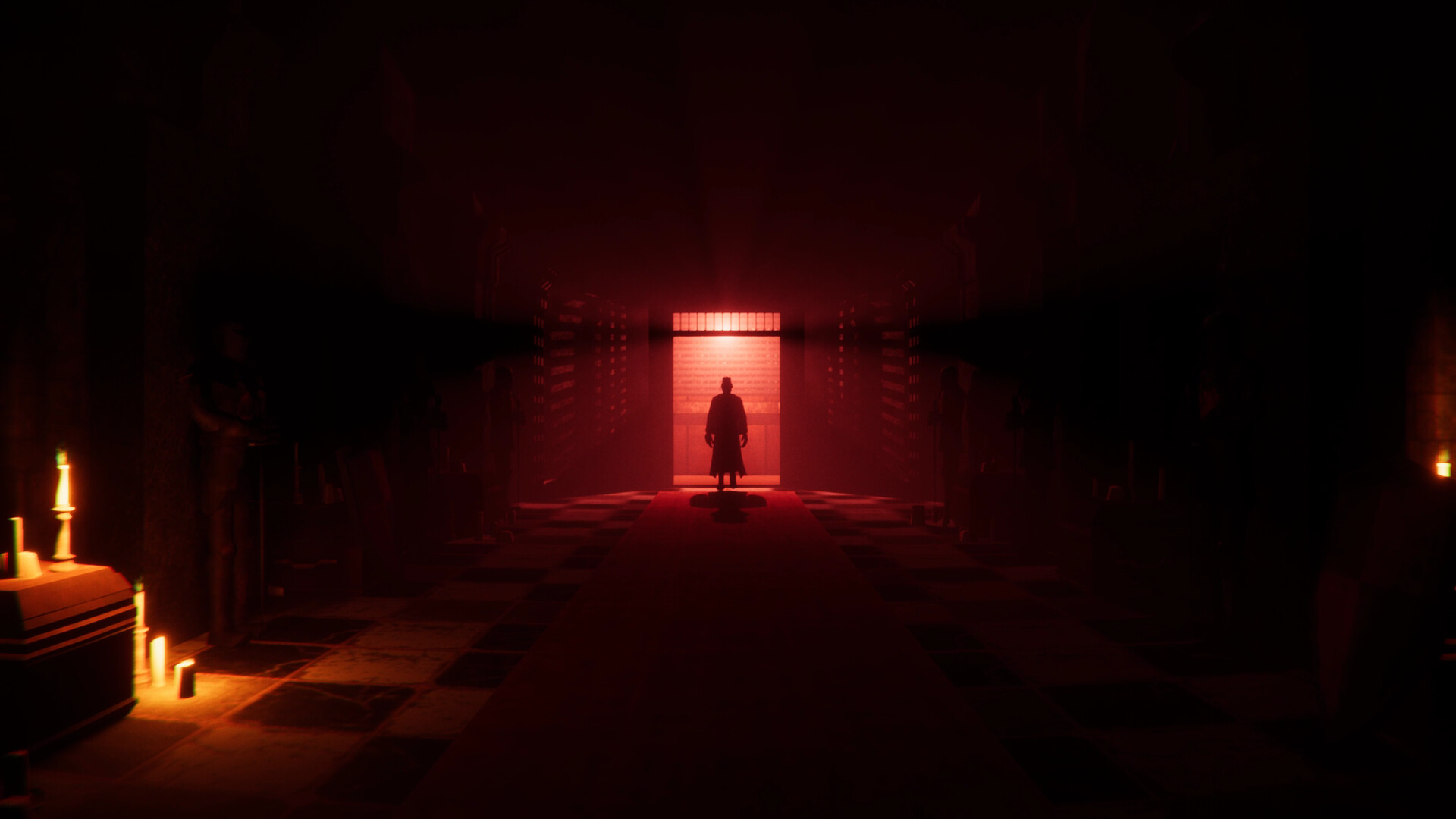
The shooting and slow-motion mechanics in the game are undeniably effective and would be incredibly satisfying if it weren’t for a critical issue—the game’s high instability. While every piece of wooden furniture can be impressively smashed and obliterated in real time, there are severe problems with collision detection. Savage often finds himself entangled with random objects, some even suspended mysteriously in mid-air.
Furthermore, there are instances when the shooting mechanics glitch out, triggering a disorienting strobing effect that persists relentlessly. It feels as though the game is on the verge of subjecting players to an epileptic fit, a sensation exacerbated by large sections of the stages flickering in and out of existence.
The problems extend to the lighting as well. Even broken objects cast shadows of their former selves, adding to the game’s overall sense of disarray. El Paso, Elsewhere frequently feels like it is on the edge of crashing due to its haphazard construction.

The ‘retro-inspired’ graphics in the game fail to capture the essence of actual retro games. Excessive use of post-processing effects obscures much of the charm, resulting in a peculiar, misty recollection of a 90s shooter that may or may not have existed. The design of characters and monsters lacks finesse and style. It doesn’t look retro, it’s just ugly.
El Paso, Elsewhere is undeniably rough around the edges, but with some additional development time, it has the potential for greatness. In its current state, it feels like a preliminary draft—an approximation of the developer’s vision. Given more time for polish and refinement, El Paso, Elsewhere could indeed evolve into a worthy successor to Max Payne.
El Paso, Elsewhere was reviewed on Xbox Series S using a code provided by Strange Scaffold. Additional information about Niche Gamer’s review/ethics policy can be found here. El Paso, Elsewhere is now available for Windows PC (via Steam), Xbox One, and Xbox Series X|S.